Abstract
Foreign aid is voluntary transfer of money that one country gives to another, which can take the form of a grant, a gift or a loan for purpose of relief and rehabilitation, economic stabilization, defense, et al. It has been a debatable topic whether foreign aid yields a positive or negative connotation. Generally, foreign aid is necessary for the giving an impetus to the economic development of the least-developed countries at least to the point after which growth rate is attained on a self-sustaining basis or the economy becomes self-reliant. Nonetheless, there have been controversies regarding whether the foreign aid generates beneficial or detrimental effects to the developing countries. This paper endeavors to highlight the bright and dark sides of the foreign aid.
Introduction
Foreign aid is regarded as an important tool in supporting the developmental programmes. Since the World War II, the foreign aid has been exhibiting an increasing trend. Developing and least-developed economies are being provided in trillions of dollars in foreign aid with a motive of welfare. Although, before the First World War also foreign aid was utilized for lucrative motives. Yet, it was only in the post-war era that the foreign aid flow gained attention, when developed Western countries started contributing mainly for the infrastructure development, emergency relief, poverty elimination, and for other such programmes to the developing and least- developed countries.
The Development Assistance Committee (DAC) of OECD (Organization for Economic Cooperation and Development) categorizes it into 3 sub-heads: (a) Official Development Assistance (ODA), constituting the maximum, in which low and middle-income countries are provided foreign aid; (b) Official Assistance (OA) which is given to richer countries with per capita income is greater than $9,000 and to the countries that were formerly part of Soviet Union; (c) Private Voluntary Assistance (PVA) that takes in grants from NGOs, foundations, charities, private companies and religious groups. Major objectives of foreign aid are to enhance economic growth through building up infrastructure, upgrading technology and fuller utilization of resources. Some of the determining factors affecting the foreign aid are:
Resource availability- If a least-developed country has insufficient resources, then foreign aid would not be of any great help. Whereas if a country already has resources but is still underdeveloped; then in such case foreign aid will help the country to tap its resources and make fuller utilization.
Possibility of repaying the loans- If the recipient country thinks that it will be in a position to repay its loans by taking advantage of aid, then it shall go for it since it will give results in multiple times if utilized judiciously. However, if a country fails to pay back, then it just adds to the burden resulting into detrimental effects.
Capital absorption capacity- The macroeconomic stability and structure of the economy in addition to its utilization capacity will together determine the country’s capacity to absorb capacity. Uneven infrastructure in least-developed countries generally keeps the capacity to absorb foreign aid low.
Foreign aid has been one of the important instruments for giving a push, especially to the growth of least-developed countries and also it has been exhibiting increasing trend since post world war era and hence been part of study for many researchers, some of which are reviewed here.
Randhawa, G. K. (2012) Examined the role of foreign aid in economic development. Results hold that there is positive impact of foreign aid on growth and advocated as a necessity for the promotion of economic development in least- developed countries. Sahoo, et al. (2017) Studied the effect of foreign aid on both economic growth and development in India. Findings conclude that certainly contribution is made to growth but in most of the cases that growth is not transmitted into significant developmental projects; which could be due to poor economic policies, inequality, poverty and corruption.
Qian, N. (2014) Conducted the study on foreign aid and considered it as one of the most important instruments to facilitate economic and institutional development. Study advocates that a very small amount of total global aid goes to very poor countries and also tries to review the evidence that foreign aid is generally influenced by the motives of aid- giving countries instead of the recipient countries’ needs.
Ekanayake, E.M. and Chatrna, D. (year not mentioned) Analyzed the impact of foreign aid on economic growth of developing countries. The paper reveals that foreign aid has a mixed impact (i.e. both positive and negative) on growth of the economy of developing countries.
Nepal’s Statistics:
The history of mobilization of official development aid and development cooperation in Nepal is about six- decades long. Foreign aid was a major source of development financing until the late 1980s. For example, in the first Development Plan (1956-60),the entire development budget was funded by foreign aid. In the early 1980s,the foreign aid used to contribute some 75 percent of the development expenditure of each fiscal year. While foreign aid used to be channelized into the country predominantly in the form of grants in the early years, it was the loans that proved dominant in the later years. With the improvement in internal resource mobilization, the share of foreign aid has been reduced in relative terms over time. However, in absolute terms, the trend is on the upward direction every year, with few exceptions. While the share of foreign aid in the annual budget was around 20 to 22 percent in FY 2012/13 to FY 2014/15 AD, it jumped to 29 percent in FY 2016/17, largely because of the post-earthquake reconstruction activities. Foreign aid is contributing around 22 percent to the current FY 2017/18. Foreign aid contributions account about 25 percent on average in the total budgetary requirement every year.
The disbursement of foreign aid jumped 27 percent to $1.4 billion in the last fiscal year, with post-earthquake reconstruction works and humanitarian assistance consuming quite a big chunk of funds provided by foreign donors and development partners.
Of the total aid, including grants, soft loans and technical assistance, received by Nepal in 2016-17, 71 percent was contributed by five donors and development partners, namely the World Bank, the Asian Development Bank (ADB), the United States Agency for International Development (USAID), the United Kingdom and the UN Country Team. Of the total aid that was disbursed, $582.39 million (41.76 percent) was in the form of grants, $548.85 million (39.36 percent) was in the form of loans and $263.36 million (19 percent) was in the form of technical assistance.
According to the Finance Ministry, the aid disbursement through the government’s on-budget projects stood at 73 percent in 2016-17, as against 63 percent in 2015-16. The country’s annual disbursement of Official Development Assistance (ODA) stood at $1.1 billion in 2015-16. Previously, the amount used to hover in the range of $960 million to $1.1 billion. (Foreign Aid Disbursement, Kathmandu post)
In 2016-17, the World Bank was the largest contributor to ODA in Nepal among multilateral lending agencies. The World Bank Group disbursed $346 million during the year, the ADB disbursed $253.9 million, the UN Country Team disbursed $120.7 million and the European Union disbursed $83.9 million.
Likewise, the USAID was the largest bilateral donor for Nepal in 2016-17 with ODA disbursement standing at $134.1 million. Also, disbursement of funds provided by international non-governmental organizations (INGOs) jumped to $187 million in 2016-17 from $168 million in 2015-16. Most of the fund provided by INGOs was disbursed in earthquake affected areas.
In 2016-17, Province 3 was the biggest recipient of ODA, with disbursement standing at $354.8 million. This is because most of the government institutions are located in the province. Next in the line of the top ODA recipient was Province Number 7 ($61.1 million), followed by Province 6 ($56.89 million). In the last fiscal year, 436 projects were supported by foreign donors and development partners, up from 369 in the previous year. On average, each development partner disbursed the assistance through nine counterpart ministries or agencies.
In terms of sector-wise disbursement, education sector received the biggest chunk of ODA ($127.24 million). It was followed by local development, housing, drinking water, policy and strategy, health, urban development, road transportation, energy, agriculture, earthquake reconstruction, economic reform, social, environment, and science and technology. (Foreign Aid Disbursement, Kathmandu post)
| Top 5 Multilateral Donors
| Top 5 Bilateral Donors:
| Top 5 ODA-recipient sectors:
|
| World Bank Group – $345.96 million
| USAID – $134.05 million
| Education – $127.23 million
|
| Asian Development Bank – $253.89 million
| United Kingdom – $128.31 million
| Local Development – $123 million
|
| UN Country Team – $120.72 million
| Japan – $77.65 million
| Housing – $112.16 million
|
| European Union – $83.88 million
| India – $59.25 million
| Drinking Water – $110.09 million
|
| IFAD – $11.55 million | China – $41.24 million
| Policy and Strategic – $101.75 million
|
After the promulgation of the Constitution in 2072 BS, unitary governance system has changed to federal system in Nepal with seven Provinces and 753 Local Governments (LGs). During the institutional setup of federal structure, more investment in infrastructures, institutional capacity building of governmental organizations, enhancing the absorption capacity of Government of Nepal (GoN), is required. Similarly, a fair deal of investment in social infrastructures like health and education is also needed to develop social capital. As the mobilization of internal sources alone may not be sufficient to cover the cost of infrastructures, the needed investment in them could be arranged by the means of foreign aid. The article 59(6) of the Constitution mandates the GoN to mobilize foreign resources in the national priorities. The Constitution also has clear provisions on the role of different tiers of government in foreign aid mobilization. While the LGs are not allowed to mobilize any kind of foreign aid on their own, the State Governments (SGs) can well receive foreign grants with the consent from GoN, according to the statute.
The study has taken 10 developing countries and 10 least- developed countries and made a comparison over the ODA received as a percentage of GNI and as a percentage of imports of goods and services.
Table 1: for Developing Countries
| S. No. | Name of Developing Countries | Net ODA received | |
| (as a % of GNI) | (as a % of imports of goods and services) | ||
| 1. | Bahamas | 0.2123 %
| 0.1097 % |
| 2. | Brazil | 0.3358 % | 0.0566 % |
| 3. | China | -0.0413 % | -0.00303 % |
| 4. | Colombia | 1.82 %
| 0.4707 % |
| 5. | Ecuador | 1.21 % | 0.3161 % |
| 6. | India | 0.5971 % | 0.1532 % |
| 7. | Peru | 0.6184 % | 0.1822 % |
| 8. | Singapore | 0.0107 % | 0.0188 % |
| 9. | South Africa | 1.23 %
| 0.4632 % |
| 10. | Sri Lanka | 1.69 % | 0.5311 % |
Source: https://tradingeconomics.com/ Table 2: for Least-Developed Countries
| S. No. | Name of Least-Developed Countries | Net ODA received | |
| (as a % of GNI) | (as a % of imports of goods and services) | ||
| 1. | Afghanistan | 48.93 % | 21.73 % |
| 2. | Burundi | 43.38 % | 11.86 % |
| 3. | Ethiopia | 22.65 % | 5.28 % |
| 4. | Haiti | 23.44 % | 11.88 % |
| 5. | Kiribati | 46.64 % | 19.14 % |
| 6. | Liberia | 36.69 % | 61.73 % |
| 7 | Mali | 20.8 % | 9.72 % |
| 8 | Nigeria | 24.42 % | 12.23 % |
| 9 | Rwanda | 35.62 % | 13.67 % |
| 10 | Uganda | 18.9 % | 6.01 % |
Source: https://tradingeconomics.com/
The data from above two tables reveal that the least- developed countries require a huge amount of foreign aid in comparison to the developing countries. On an average, ‘low income’ countries received 21.68 per cent and 8.83 per cent; ‘low and middle income’ countries received 2.1 per cent and 0.5755 per cent; ‘middle income’ countries received 0.9163 per cent and 0.249 per cent and ‘high income’ countries received 0.0005 per cent and 0.00018 per cent of ODA as a percentage of GNI and as a percentage of imports of goods and services respectively. These statistics bring out that foreign aid is a necessity for the least-developed countries upbringing. Over the time period, there has been contention on whether foreign aid is a ‘boon’ or a ‘bane’ for the recipient countries. To arrive at an answer to this, we look into the pros and cons bearing the foreign aid.
Advantages of Foreign Aid
Some of the major advantages of foreign aid so as it to be called “boon” are as under:
1. Helpful in fulfilling the initial development
requirements- Least-developed countries are backward mainly because they lack the foreign exchange as a result of which new technologies cannot be imported. Here foreign aid helps in a great deal to give them the push for development.
2. Instant support at the time of calamity- Foreign aid is often given at the time of natural disaster so as to rejuvenate the economic conditions from the immediate loss which works as a savior to the recipient countries.
3. Setting up of modern and economic infrastructure- With the help of foreign aid, countries are able to update their technologies and also establish high quality infrastructure which remains a difficult task otherwise.
4. Enhances economic growth and development- When foreign aid is utilized for productive purposes, then economic activities grow, foreign trade increases, national income gets a push, as a result of which there is an increase in government’s income through various taxes and further, government spends this incremental amount on developmental purposes.
5. Solves the BOP problem- Foreign aid helps the least-developed countries to bridge the export-import gap via increase in productivity and thus helps in overcoming the balance of payments problem.
6. Explores natural resources-Resources are often left idle in least-developed countries. But they can be put to best utilization with the help of foreign support, thereby, resulting into increase in production.
Disadvantages of Foreign Aid
Having discussed the brighter side of foreign aid, we will now switch to see its darker side. Some of its detrimental effects are as under:
1. Contributes to a meagre proportion of investment-
Even if macroeconomic environment of the recipient country remains stable; foreign aid hardly helps the country in increasing its capital stock since all such efforts have to be taken by the country itself.
2. Misallocation of aid- When a country puts the aid in imports, this way domestically produced goods are substituted which discourages the home producers. And also, this drains the foreign exchange reserves.
3. Aid addiction- When foreign aid becomes a medium of growth of a country, then the country becomes habitual of it and keeps relying on it in future as well and with the passage of time, the country gets caught in the trap and thus debt burden increases.
4. Pressure from the aid-giving countries- Many a times, the aid-giving countries restricts the usage of aid to the limited range; which later on becomes difficult to maintain them once they are completed. This results in the exploitation of already poor countries since they succumb to the pressure from rich countries. Rich countries often provide aid to the favourite countries; due to which some countries are not able to get sufficient aid ever.
5. Creating inflationary pressure- Observations show that the projects selected by aid-giving are often the ones which do not result in increase of supply in short-span of time and thus supply falls short of increasing demand. Also, even after having done forecasting, foreign aid inflow suffers from uncertainty which disrupts the long-run planning of the recipient country.
6. Bureaucratic ills- Since the implementation of projects which are financed with foreign aid have to go via the bureaucrats of both aid-giving and aid- receiving countries; thereby resulting into unnecessary time-lags and heavy costs.
7. Poor transmission- Aid is mostly utilized in the already developed sectors like industry or is left in the hands of political officials and is hardly transmitted to those who are in dire need of it and consequently, rich-poor divide widens and corruption too increases.
Conclusion
The outcomes of the study can be concluded that there is definitely a positive effect subject to the condition that economy’s macroeconomic environment does not fluctuate much. Certainly, foreign aid is quite beneficial to the least-developed countries as it helps in giving a push to their growth at least to a point so as to make them self-dependent. And as far as foreign aid to the developing countries is concerned, it is advantageous when the development progresses; otherwise, it would be harmful as it leads to inequality.
References
1. Ekanayake EH. Chatrna D. (year not mentioned): The Effect of Foreign Aid on Economic Growth in Developing Countries, Journal of International Business and Cultural Studies, 1-13.
2. Qian N. Making Progress on Foreign Aid, 2014, 1- 50.
3. Randhawa GK. Foreign Aid in Economic Development”, International Journal of Computing & Business, 2012, 2229-6166.
4. Sahoo, et al. Effect of Foreign Aid on Economic Growth and Development in India: An Empirical Analysis, South Asian Journal of Management, 2017.
5. http://www.investopedia.com/terms/f/foreign-aid.asp
6. https://tradingeconomics.com/
7. Foreign Aid Disbursement, Kathmandu post;
http://kathmandupost.ekantipur.com/news/2018-01-01/foreign-aid-disbursement-up-27-percent.html

 कोशी प्रदेश
कोशी प्रदेश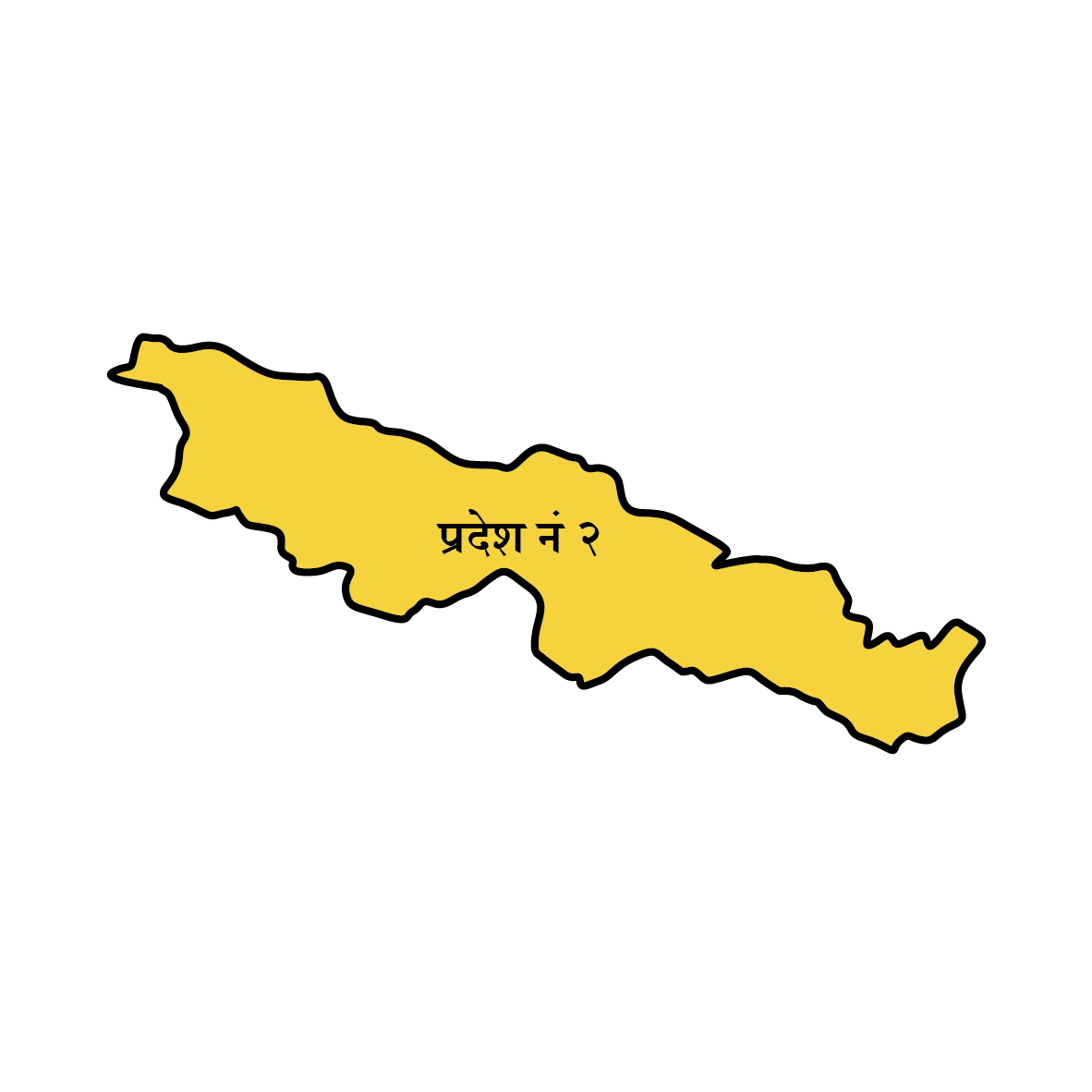 मधेश प्रदेश
मधेश प्रदेश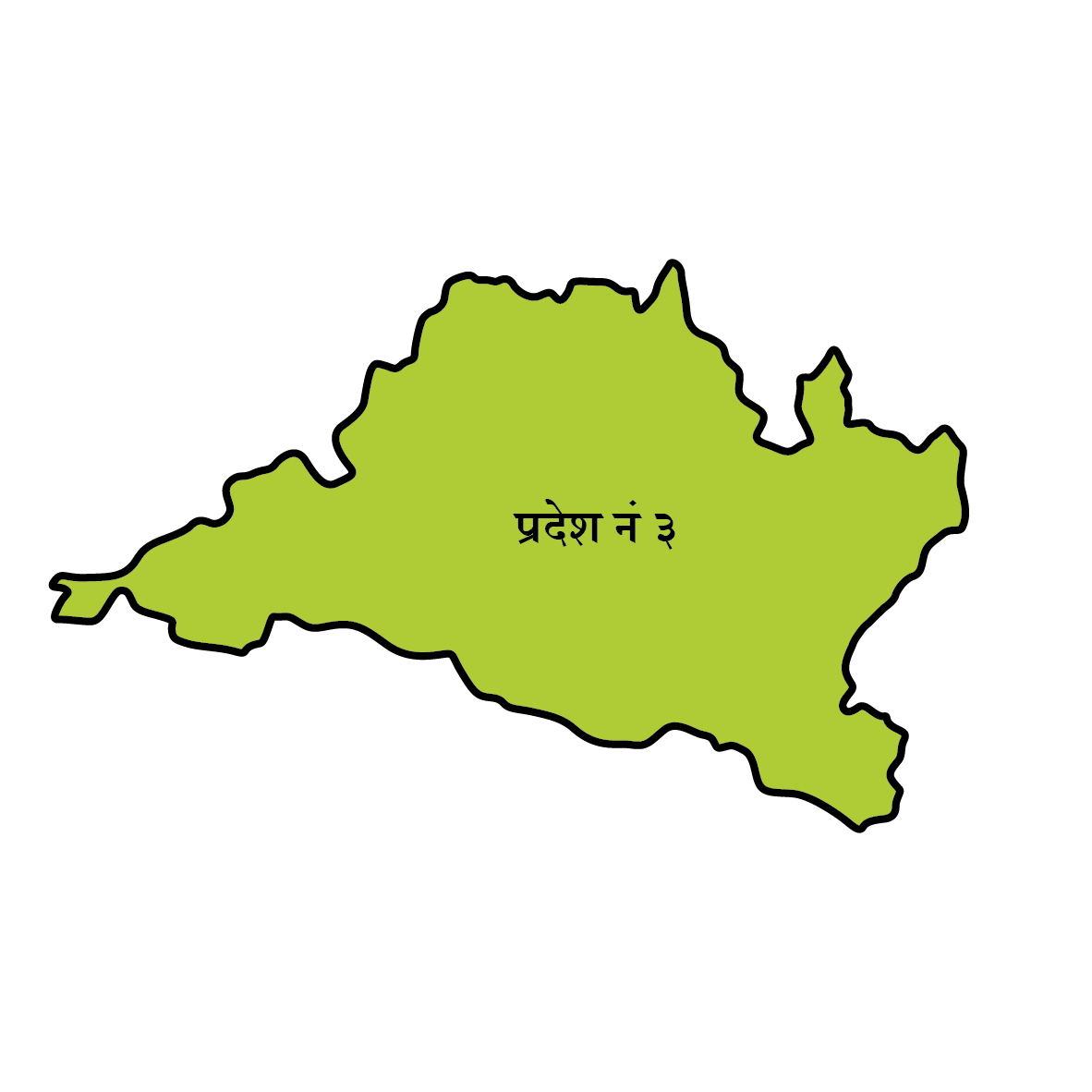 बागमती
बागमती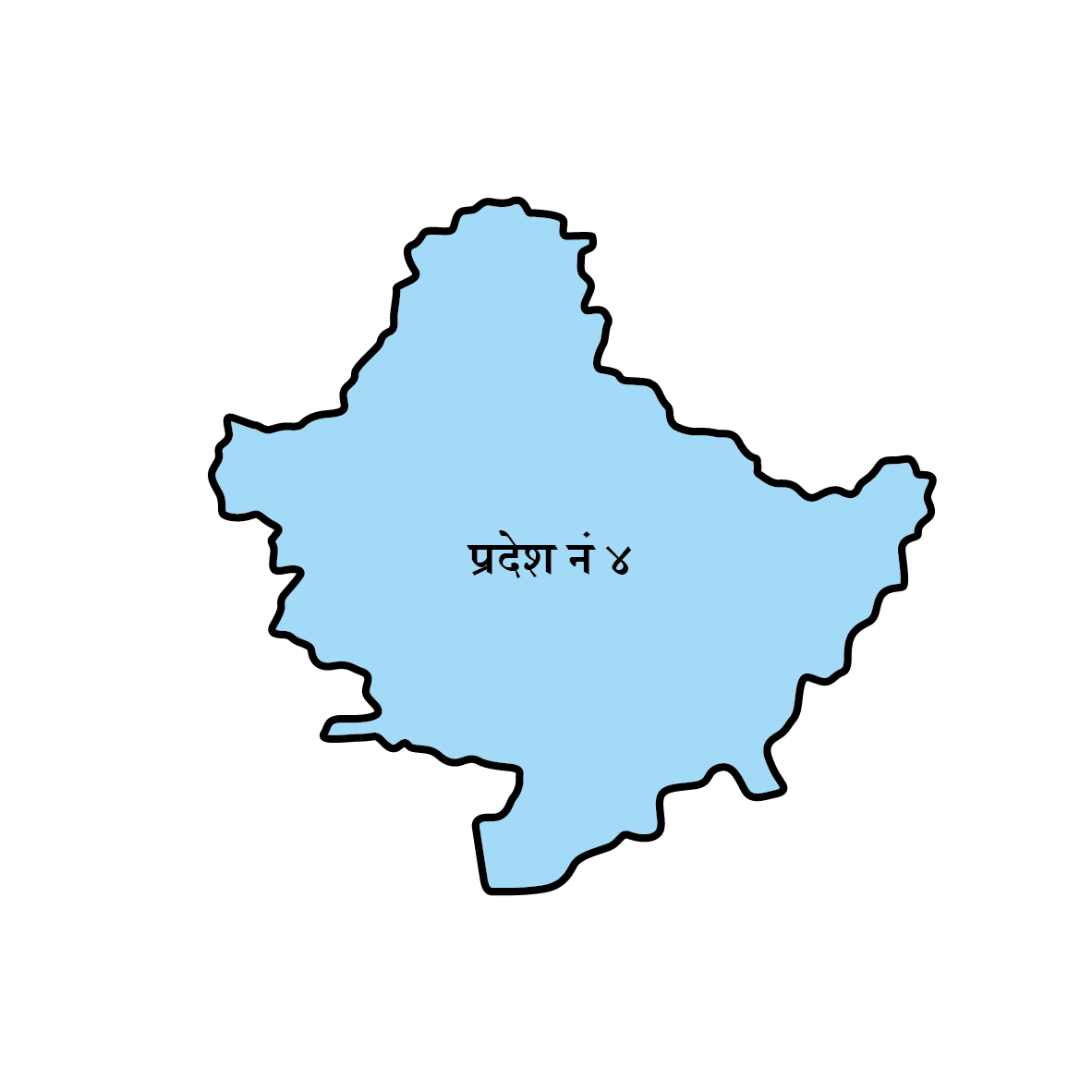 गण्डकी
गण्डकी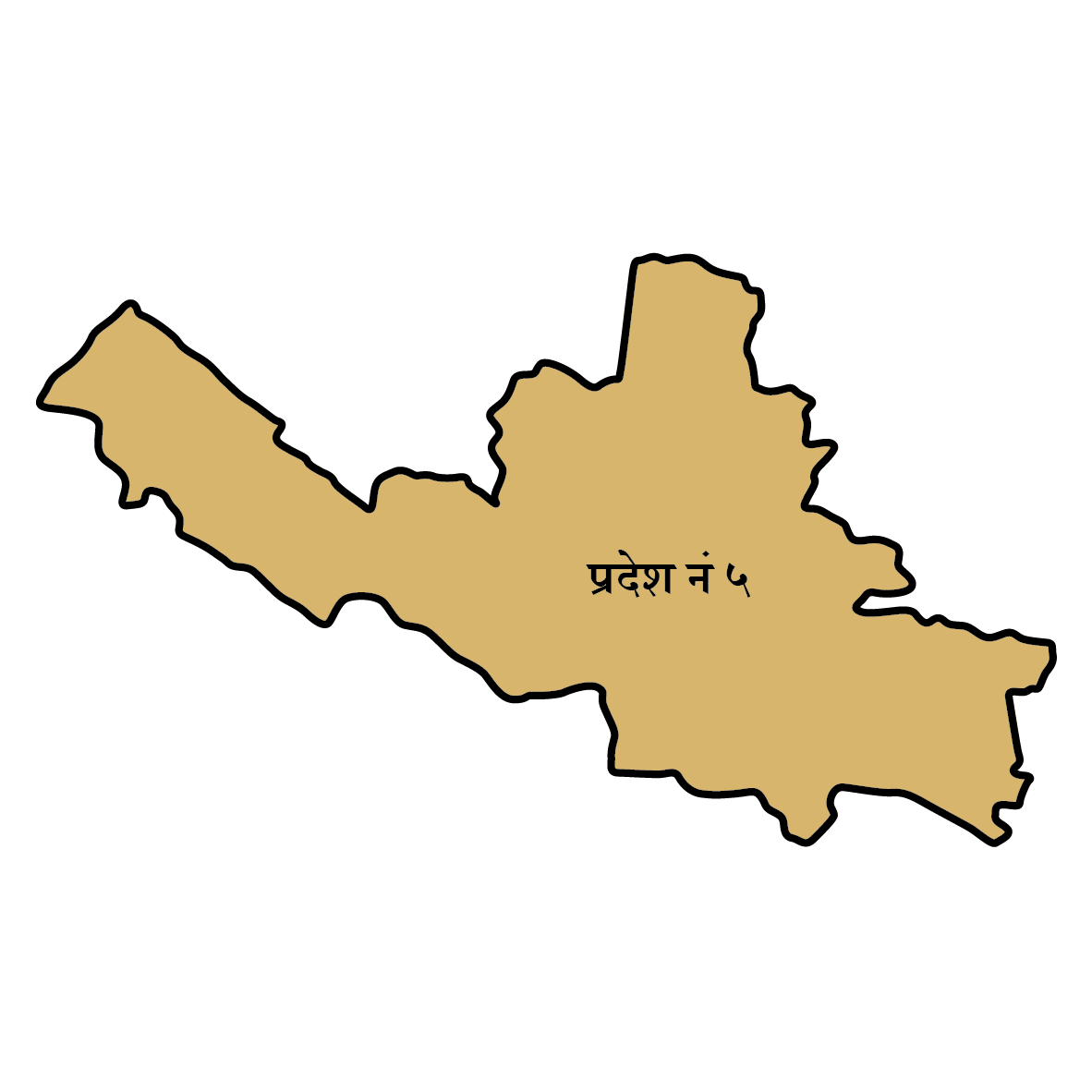 लुम्बिनी
लुम्बिनी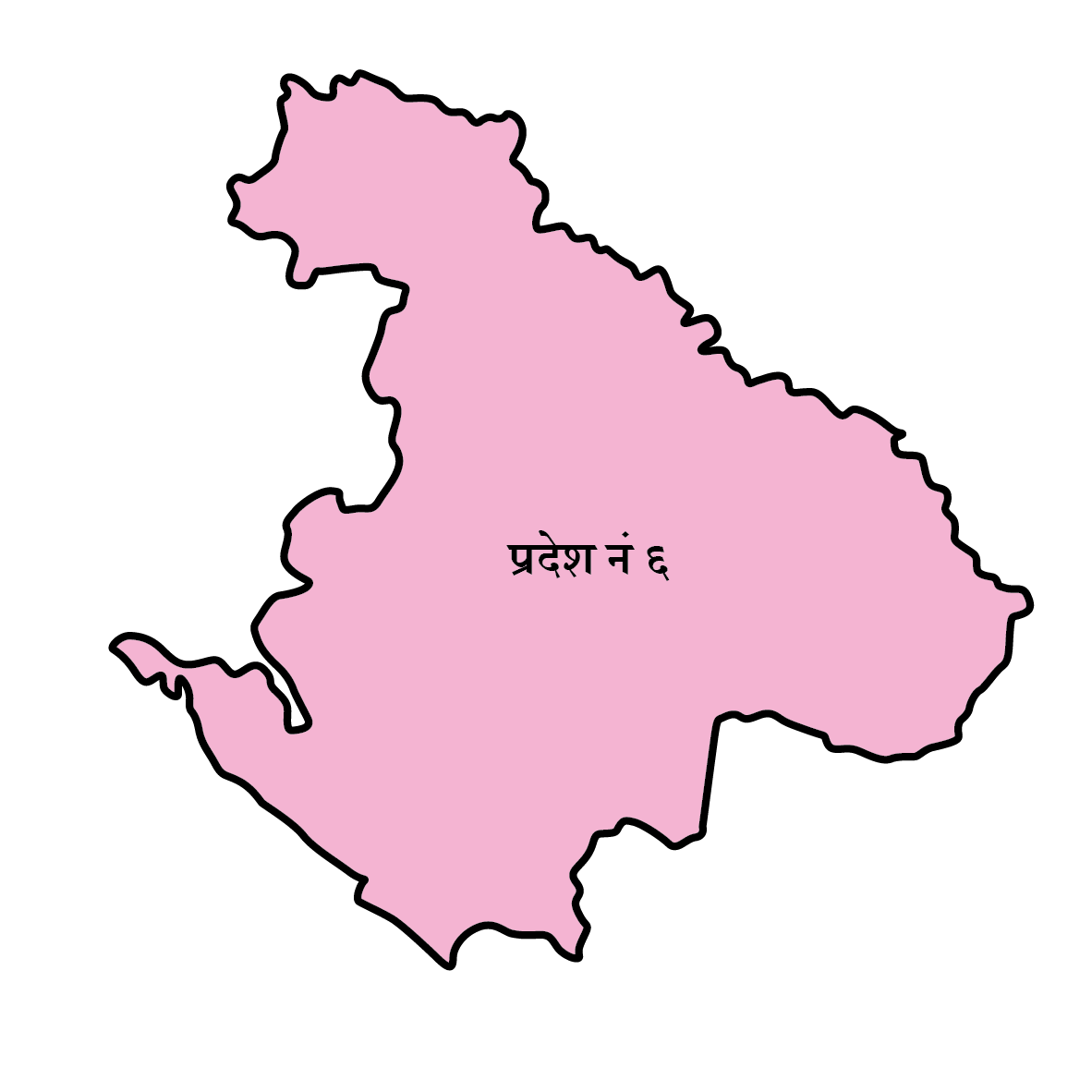 कर्णाली
कर्णाली 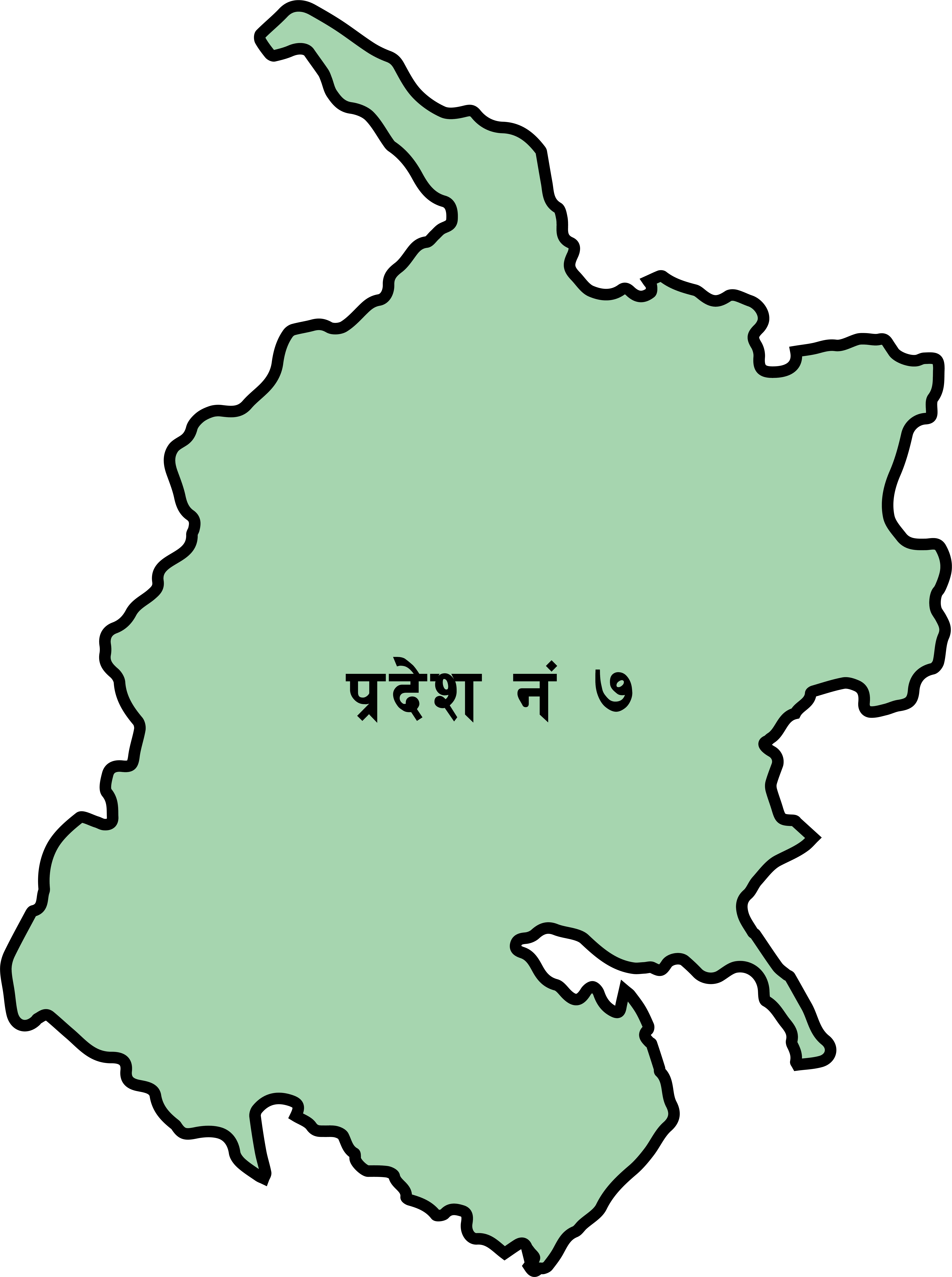 सुदूरपश्चिम
सुदूरपश्चिम
















